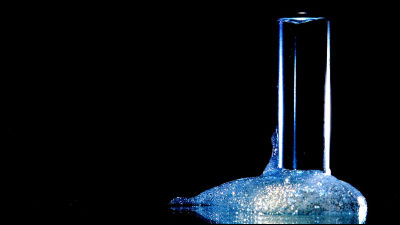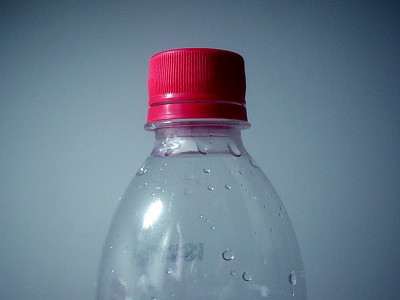A high-performance sensor that detects "terrible bad breath" that is difficult to notice itself will be developed

byJoshua Miller
I do not quite understand whether my bad breath is normal or smelly. Korean and American scientists jointly developed high performance sensors that detect such bad breath.
Sub-Parts-per-Million Hydrogen Sulfide Colorimetric Sensor: Lead Acetate Anchored Nanofibers towards Halitosis Diagnosis - Analytical Chemistry (ACS Publications)
https://pubs.acs.org/doi/10.1021/acs.analchem.8b01273
Sensor Detects Bad Breath, So Your Date Does not Have To - Geek.com
https://www.geek.com/science/sensor-detects-bad-breath-so-your-date-doesnt-have-to-1742376/
American Dental AssociationAccording to, it seems that more than half of those who are really adults are suffering from bad breath. Although it is a bad breath which may cause diseases such as periodontal disease, bacterial infection, and dental caries, it is difficult to judge how bad your bad breath smells, and since the surroundings are also delicate problems, It is rare to point out that "It is. The damage caused by your bad breath will expand until you feel conscious that bad breath became severe enough to notice yourself, or a close friend pointed out "recent bad breath is anxious".
Even if the dentist wants to objectively measure the bad breath of the patient, it is the cause of halitosisHydrogen sulfideThe proportion of gas contained in human exhalation is very small, so it seems that accurate and objective measurement could not be done with conventional hydrogen sulfide sensor. Therefore, at the Korea Science and Technology AgencyKim IlduAssociate Professor 's research team developed a high - performance sensor that detects hydrogen sulfide gas, which is the cause of bad breath, from human exhalation.

byPaulina Kim Joo
Existing sensors that can detect hydrogen sulfide gas require a power supply and, in addition, it is necessary to precisely calibrate the sensor scale to the reference value before detection, and additionally, it is possible to detect a trace amount of hydrogen sulfide gas He said he was not limited. So Kim et al decided to develop a sensor that could easily check for bad breath and reacted with hydrogen sulfide to detect hydrogen sulfide gasLead acetate (II)I decided to use.
As lead acetate reacts with hydrogen sulfide gas and changes colorless crystals to brown, Mr. Kim thought of using this reaction, but with lead acetate alone, only 2ppmIt is not sensitive enough to detect hydrogen sulfide gas below. In order to solve this problem, Kim et al. Fixed the lead acetate to a net composed of 3D nanofibers and established a scale indicating how much lead acetate fixed in the net reacted with hydrogen sulfide gas, It made it possible to detect the amount of hydrogen sulfide gas contained in bad breath.
As a result, by monitoring the color change on the mesh sensor surface, 400ppb(0.4 ppm), it became possible to detect a trace amount of hydrogen sulfide gas contained in the expired gas with the naked eye. The research team says, "I will develop a portable sensor that can easily check the bad breath of a patient and sell it to dental doctors who wish to check cheap bad breath."

byTim McCune
Related Posts:
in Science, Posted by log1h_ik







